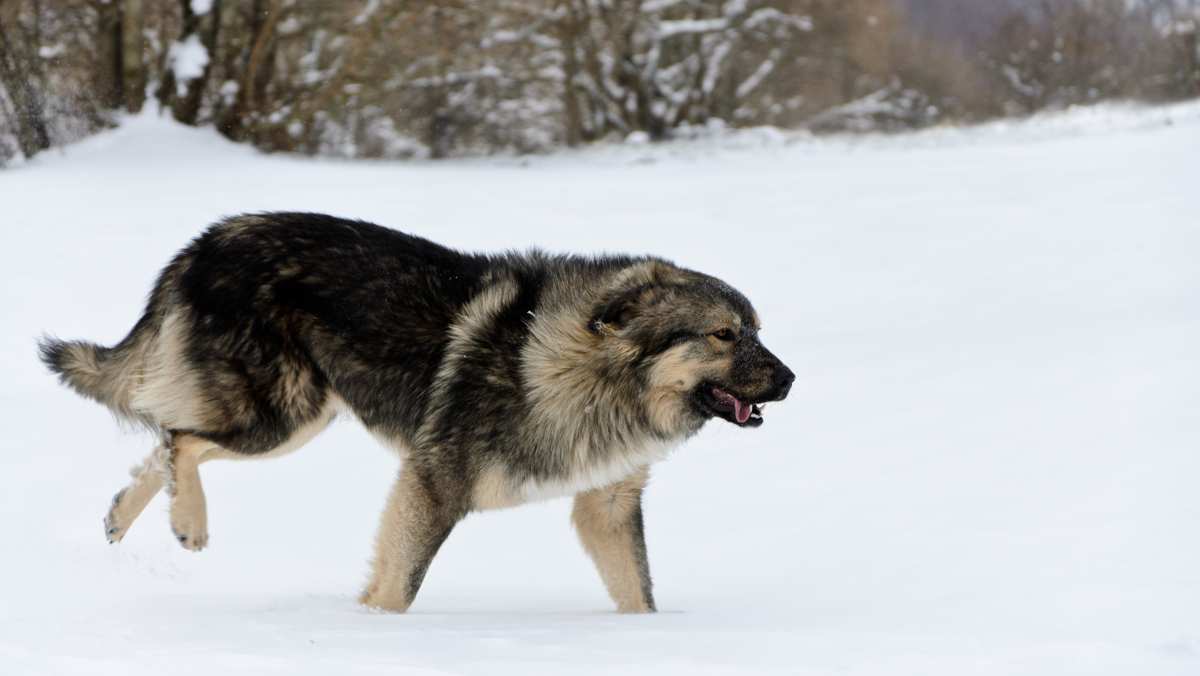Sarplaninac Breed Details
Sarplaninacs, also reffered to as Illyrian or Yugoslavian Shepherds, are a flock guarding breed said to have originated in the Sharplanina Mountain region of (present day) southern Kosovo and Northern Macedonia and Albania. This area, called Illyria in the Roman times, partially became the Kingdom of Yugoslavia where these dogs also worked as military dogs in the late 1920's.
Members of this breed are independent, protective and hard-working and required either an experienced or firm owner. They are not for those that don't have enough space for them (apartment, no yard, etc) or those that may consider their frequent barking a problem. This breed will protect the flock and the home, although Sarplaninac attacks on other dogs are not frequent, keep in mind this dog is usually territorial towards other canines or strangers.
PROS
- Independent, laid back
- low maintenance aside from regular brushing
- Can live indoors or out provided enough space
- Requires only moderate exercise
- Very protective
- Good with children (of the household)
- Fine with other non-canine pets
- Loyal to a fault
- Hard working flock guardians
- Needs little to no training for working duties
- Fairly healthy
CONS
- Stubborn, not readily obedient-- best for experienced or firm owner
- Sheds heavily
- Frequent barking and digging
- Needs a large fenced yard or pasture to prevent roaming
- May be overprotective if not socialized well
- Can be aggressive towards other dogs, especially with food
